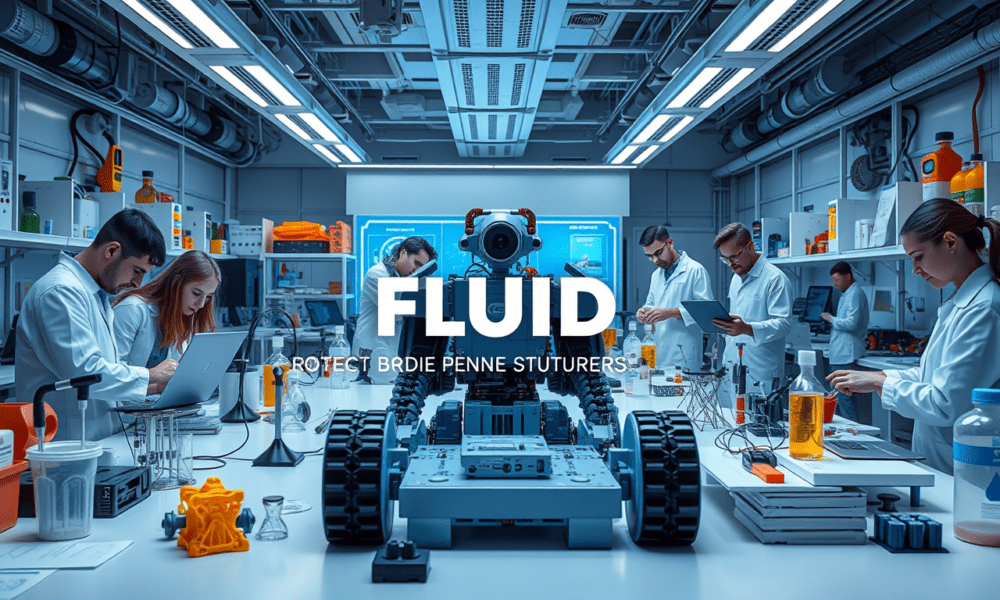
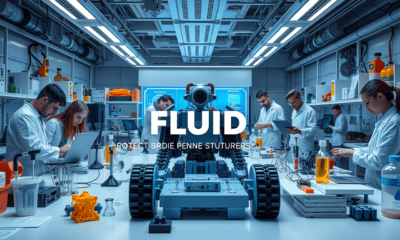

FLUID, an open-source, 3D-printed robot, offers an affordable and customizable solution for automated material synthesis, making advanced research accessible to more scientists.
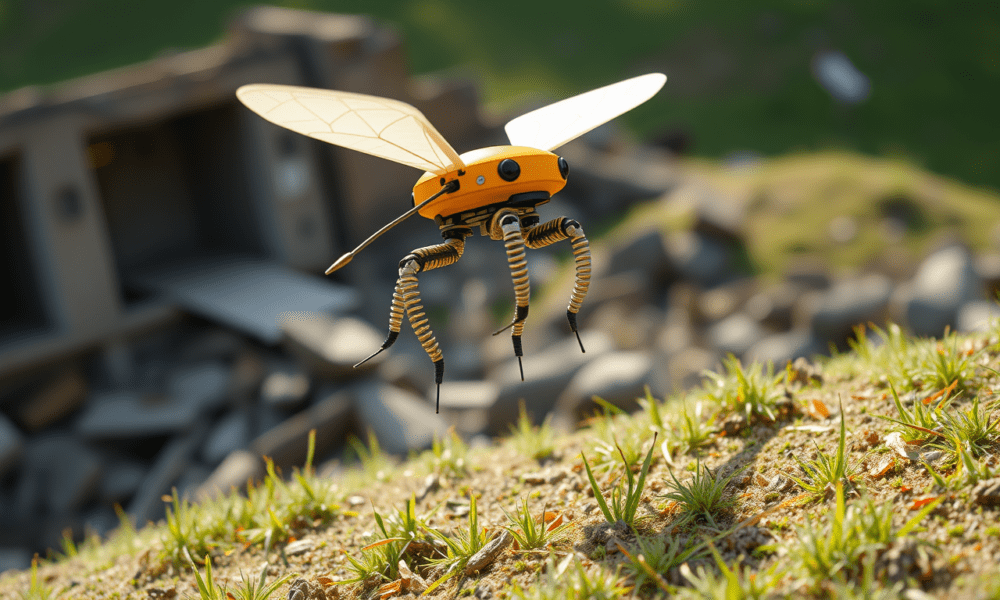
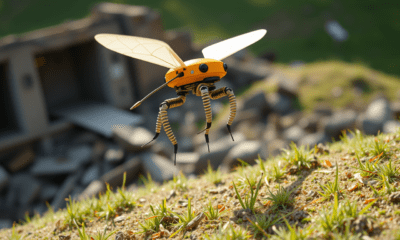

A hopping, insect-sized robot can jump over gaps or obstacles, traverse rough, slippery, or slanted surfaces, and perform aerial acrobatic maneuvers, while using a fraction of...
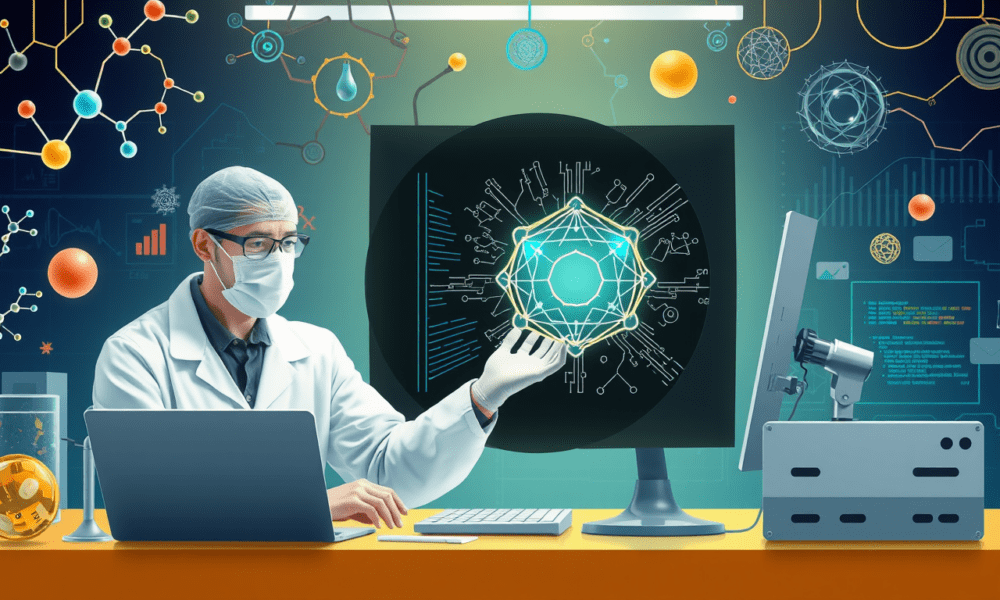
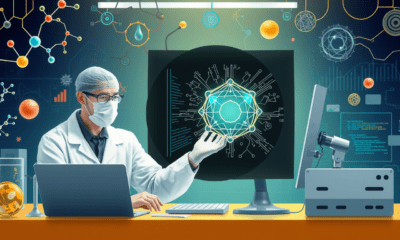

Researchers from chemistry, biology, and medicine are increasingly turning to AI models to develop new hypotheses. However, it is often unclear on which basis the algorithms...
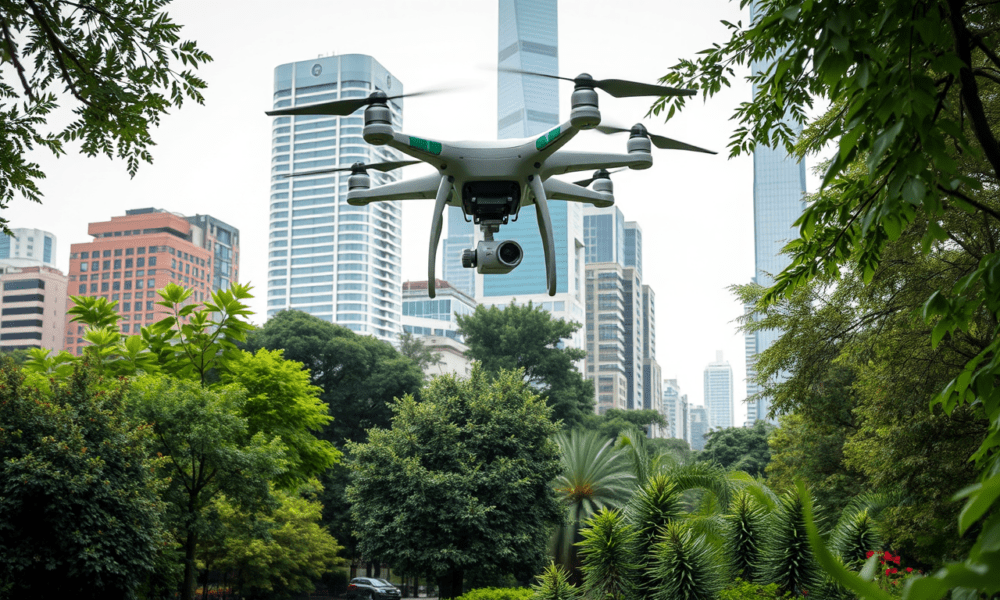
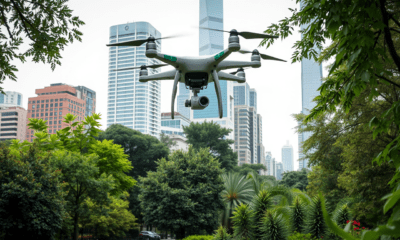

Monitoring urban plant health traditionally requires extensive manual labor and botanical expertise, creating challenges for cities facing expanding green spaces, higher population densities, and increasing threats...
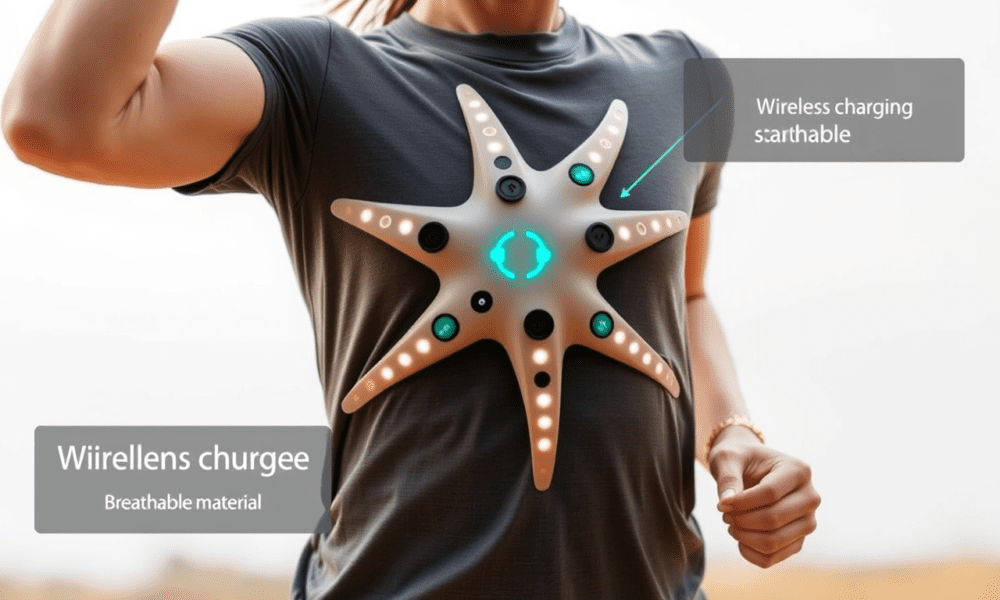
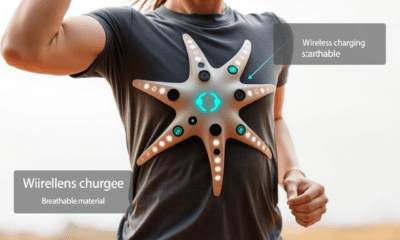

When we move, it's harder for existing wearable devices to accurately track our heart activity. But researchers found that a starfish's five-arm shape helps solve this...
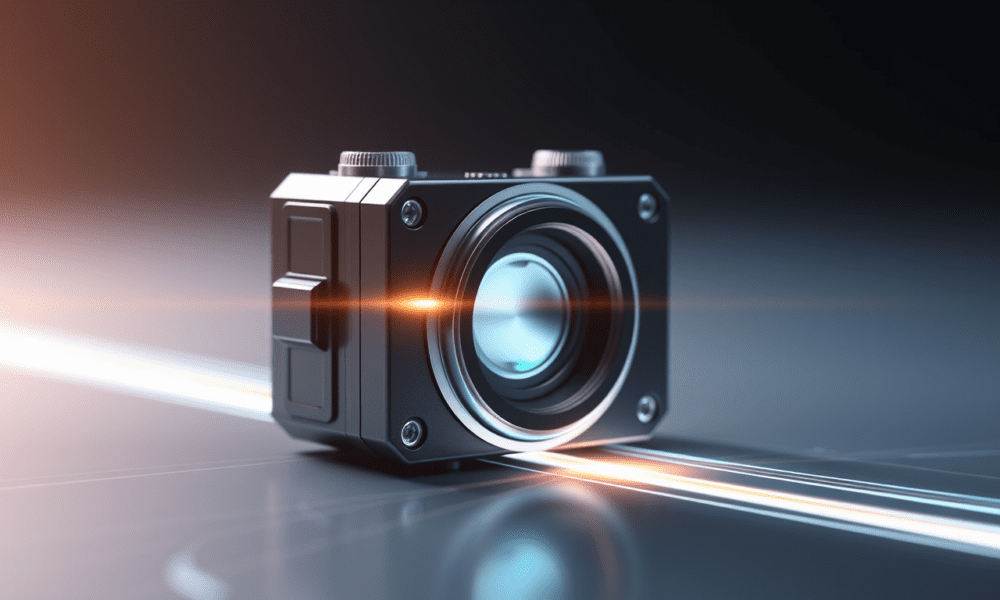


Be it sensors, cameras, or displays: Metasurfaces have the potential to fundamentally improve optical systems in our everyday lives. By controlling light more precisely, they drive...
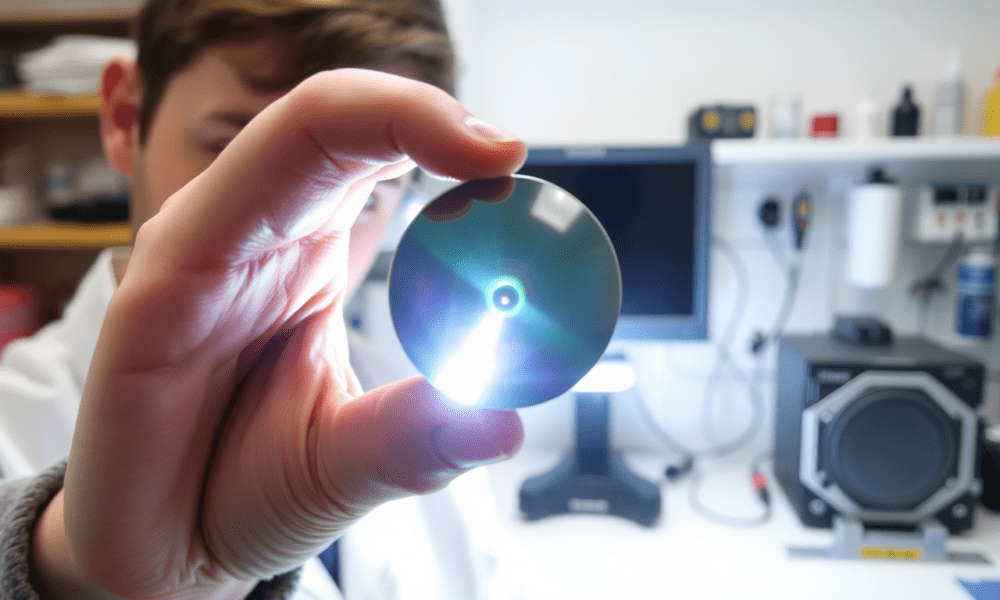
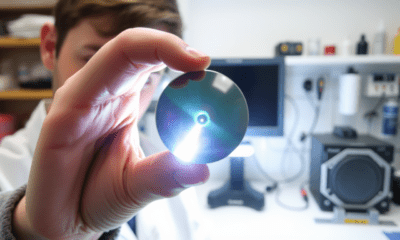

A new method significantly advances 3D imaging of reflective surfaces. The approach integrates techniques known from high-precision optical 3D metrology and computer vision, and could benefit...



Imagine navigating a virtual reality with contact lenses or operating your smartphone under water: This and more could soon be a reality thanks to innovative e-skins....
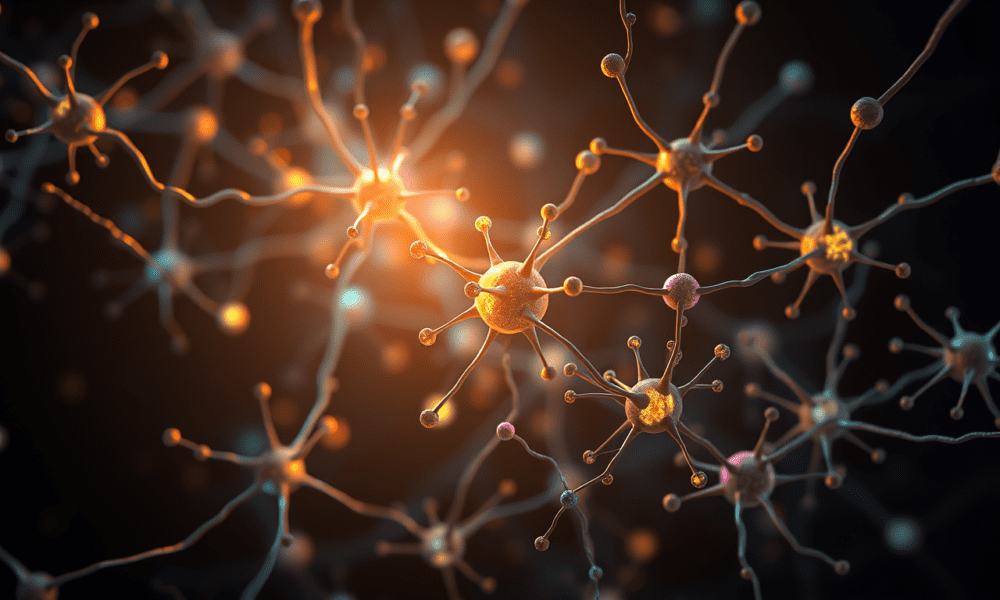
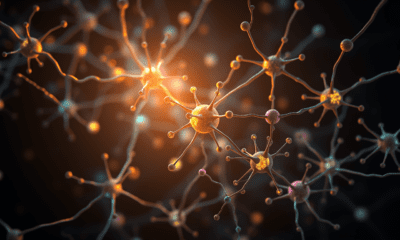

Novel artificial neurons learn independently and are more strongly modeled on their biological counterparts. A team of researchers has programmed these infomorphic neurons and constructed artificial...



Engineers have designed and synthesized a groundbreaking new material -- a copper-free superconducting oxide -- capable of superconducting at approximately 40 Kelvin, or about minus 233...